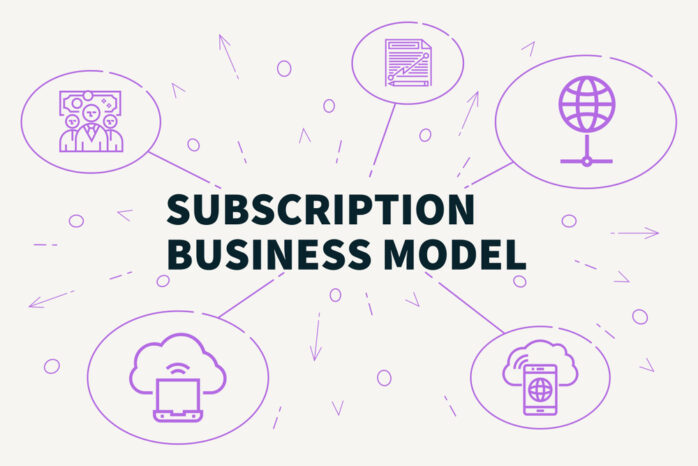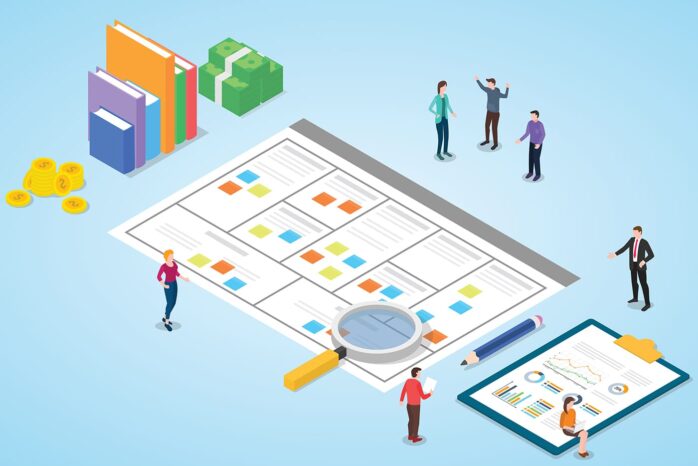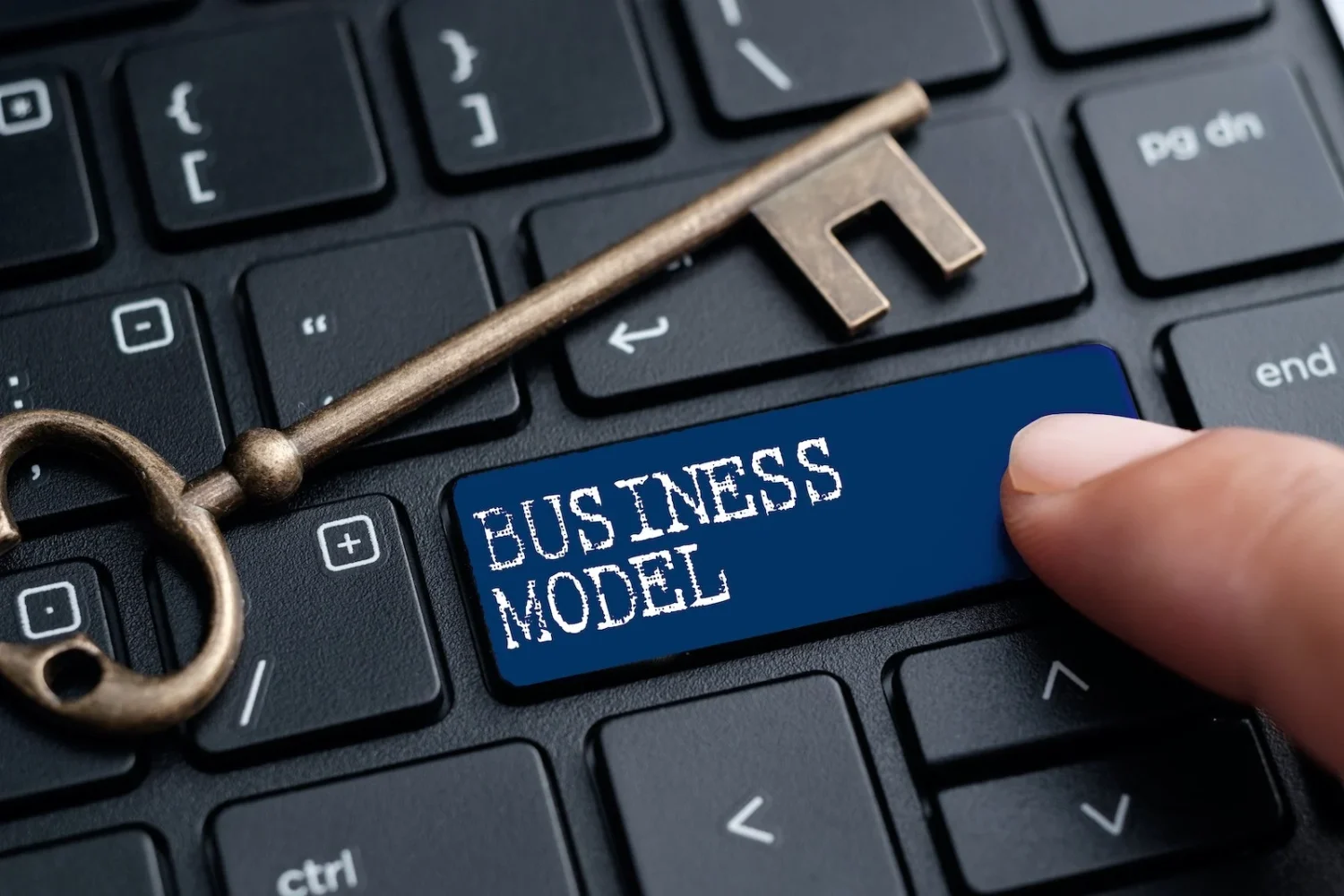The business industry is becoming more and more challenging with each passing day. The way companies interact with their potential customers, manage their resources and finance their operations, and market and distribute their products or services are all evolving rapidly. Moreover, intense competition makes it increasingly difficult for businesses to stand out and succeed.
Many companies employ consumer financing, digital marketing, and other innovative tactics to overcome these challenges. One of the most effective strategies for staying ahead is to use a successful business model.
Business models are like roadmaps that help entrepreneurs and businesses make well-informed decisions. They outline the steps for creating a successful product, service or organization to meet customer needs and generate income. However, choosing the right business model is not so easy. In this blog post, we’ll look at some of the most successful business models. So, let’s get into it.
1. Subscription-Based Model

Subscription-based models are designed to ensure recurring revenue. The idea is that customers sign up for an ongoing service, such as streaming media or digital publications, and pay a fixed fee to access it. This type of model has become increasingly popular with the rise of streaming services like Netflix and Spotify.
In this business model, you don’t need to invest much money in marketing or customer acquisition. You can focus your resources on providing a great product and customer experience, which will help you retain existing customers and attract new ones.
2. Freemium Business Model

The freemium model is a combination of subscription-based and free-to-use models. It involves offering a free basic version of your product or service and then allowing users to upgrade to the premium version. This model can be used for software, apps or services.
The freemium model is highly flexible and can be tailored to various business needs. It can effectively introduce potential customers to your product or service and convince them to upgrade to the premium version. For example, Dropbox offers a free plan and allows users to store a limited amount of data. Users can upgrade to the premium plan for an additional fee to access more features.
3. Platform Based Model

Platform-based models are designed to facilitate the exchange of goods and services between two or more parties. They’re becoming increasingly popular thanks to their potential to generate more revenue than traditional models. One of the most popular examples of this model is Amazon, which acts as a platform for sellers and buyers.
This model is incredibly powerful and can be used in various industries. Platforms make it easier for businesses to reach their target customers, provide services, and generate revenue from multiple sources. To build such a business, you can contact consumer finance companies to get the capital to help customers purchase your product or service on flexible terms.
4. Rent-Instead-of-Buy Model

This business model allows customers to rent products or services instead of buying them. Businesses offering this kind of service can charge a lower fee than if customers purchase the product or service outright.
The rent-instead-of-buy model is becoming increasingly popular due to its flexibility and cost-effectiveness. For example, many companies offer car rental services for customers who don’t want to commit to buying a car and paying for insurance, maintenance, and other related costs.
5. Data-Driven Business Model

Data-driven business models leverage customer data to gain insights into their needs and preferences. This model also involves tracking customer behaviors and preferences to create personalized experiences. Such platforms employ complex algorithms to determine which products or services may be of interest to the customer and then serve them targeted ads.
Data-driven models effectively provide customers with the right product or service at the right time. Companies like Google and Facebook use this model to suggest content that attracts customers’ attention.
6. Tech-Savy Business Model

Technological innovation has taken over the business world, and companies increasingly rely on technical solutions to optimize their processes. It is especially true for start-ups who want to get a leg up on the competition. The tech-savvy business model involves leveraging technology to increase efficiency, streamline processes, and improve customer experience.
Companies based on this model use various tools and services, such as cloud computing, artificial intelligence, and machine learning to gain a competitive edge. Companies such as Uber and Airbnb are great examples of this model.
By leveraging the latest technological advancements, businesses can create more efficient processes that save time and money. They can also use technology to provide customers with better services and experiences that keep them returning for more.
7. Affiliate Business Model

Affiliate business models involve a company rewarding someone for referring customers to their products or services. An affiliate earns a commission for every customer they refer to the company.
This model is incredibly popular among businesses looking to promote their products and services without spending much money on marketing campaigns. Platforms such as Amazon Associates are great examples of the affiliate business model in action.
By leveraging the power of referring, companies can reach more customers with minimal effort and cost. Additionally, affiliates can provide valuable customer feedback that businesses can use to improve their products and services further. As the global partner ecosystem expands, co-selling is also becoming a viable option for complementary businesses. Click here for a co-sell guide on processes and best practices.



















